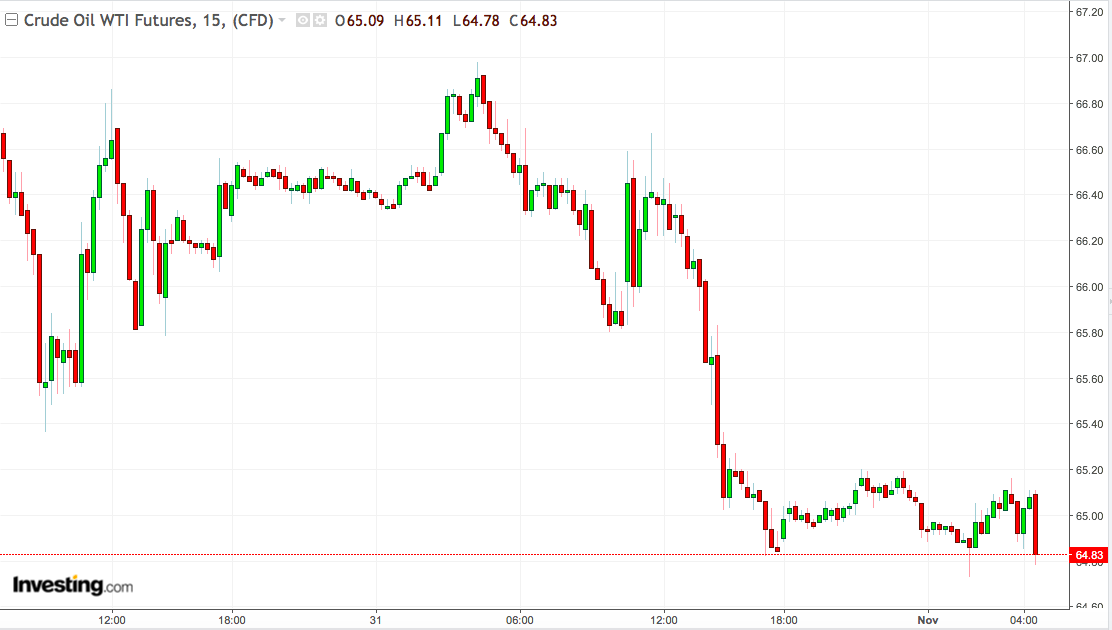The US shale industry has once again defied expectations. New data from the EIA show that US oil production in August 2018 was higher than initial estimates showed. The EIA-914 Monthly Crude Oil and Natural Gas Production report revealed that American producers pumped 11.346 million barrels of oil per day in August. This reflects an increase of 516,000 barrels per day from July 2018.
This 3.8% growth is significant because during the summer, the EIA forecast that oil production growth would slow to only 93,000 barrels per day. Some of the strongest growth occurred in Texas, Alaska, New Mexico, Colorado, the Gulf of Mexico and North Dakota. Other areas of growth include Wyoming, Montana and Oklahoma.
Since April 2018, the message has been that US oil production growth would be seriously constrained by a lack of pipelines. One key pipeline is expected to open in November 2018 but most of the increased capacity in critical areas like the Permian will not come online until mid to late 2019. However, the data from the EIA indicate that oil production in the United States is continuing to grow despite a lack of pipelines.
Market watchers should be aware that the EIA might update its forecasts for November and December production based on this data. In addition, earlier oil price forecasts that were based on less robust oil production in the United States may prove to be too high.
The United States is not the only North American oil producer with a healthier than expected outlook. Canada’s National Energy Board (NEB) recently released a report which forecasts that Canadian oil production will grow from 4.6 million barrels per day to 7 million barrels per day by 2040.
Several Canadian producers have plans to expand projects in oil sands areas, but have not started these expansions yet. According to reports, they are waiting for additional oil and gas pipeline capacity that is in progress but not yet online. As such, the report says that traders should expect the Western Canadian Select (WCS) crude grade to continue to trade at significant discounts from WTI.
The NEB believes that WCS will trade at an average of $26.30 per barrel less than WTI until 2020. After that, the discount should shrink to about $14 per barrel.

Both WTI and Brent suffered losses on Wednesday. WTI dropped to more than $11 below its October high. Brent has also dropped a similar amount. This is good for the Trump administration, which was very concerned about rising oil prices and the impact they would have on the midterm elections due to take place on 6 November. Other factors, such as increased production from OPEC countries and Russia have also helped push oil prices down in October, as have downward revisions of the 2019 global oil demand forecasts.
Some analysts are hinting that the oil market could be in for a “bounce” after the US elections. With the Iran sanctions taking effect at almost the same time, it is certainly a possibility, but, as US national security advisor John Bolton warned on Wednesday, even the Trump administration does not expect Iran’s customers to reduce their imports of Iranian oil to zero immediately. The amount of Iranian oil that comes off the market in November could be less than market watchers expected, and that could keep oil prices down at least until the OPEC meeting in December.
